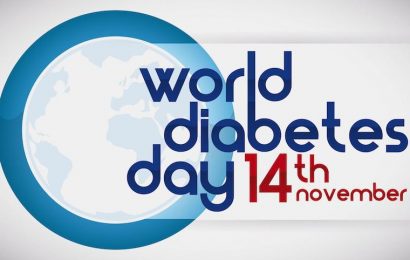Many people with diabetes, especially those with less-than-optimal blood glucose control or a complicated health history, could benefit from seeing an endocrinologist. Endocrinologists are, after all, specialists who have trained specifically to treat people with diabetes and other endocrine disorders. But most people with diabetes — at least with Type 2 — see only a primary-care provider for their diabetes care. There are several reasons for this, some of them good: Many people with diabetes would prefer not to see an additional doctor, and many control their blood glucose well without seeing a specialist.
But part of the reason why more people with diabetes don’t see an endocrinologist is, no doubt, that there aren’t enough endocrinologists. Most primary-care providers assume the responsibility of treating diabetes, and as a result there aren’t enough endocrinologists in the system to see everyone who might benefit from more specialized care. And while many primary-care practices have nurses and other practitioners who specialize in working with diabetes patients, it’s not always clear that they have the training they need to offer the best possible care. That’s why a new study explored an innovative question: Can certified diabetes educators (CDEs) act effectively as “ambassadors” for endocrinologists in primary-care practices?
The study, presented at the American Association of Clinical Endocrinologists Scientific & Clinical Congress in Nashville earlier this month, involved two CDEs who completed a three-month training program in which they worked with endocrinologists — seeing patients and reviewing cases alongside them. As noted in an article on the study at Healio, the CDEs then went to a primary-care practice to work with diabetes patients. Over an average period of 4.6 months before follow-up with a primary-care doctor, the CDEs met with most patients twice, counseling them about ways to better control their diabetes.
After their follow-up with a doctor, 100 patients’ data was analyzed to see if meeting CDEs improved any of their numbers. These patients saw an average reduction in HbA1c (a measure of long-term blood glucose control) from 8.4% to 6.8% — a substantial difference. They also saw an average drop in body weight from 102 to 99 kilograms (225 to 218 pounds) and an average drop in blood pressure from 134/80 to 128/77 mm Hg. Their average LDL (low-density lipoprotein, or “bad”) cholesterol level dropped from 108 to 96 mg/dl, and their average triglyceride level dropped from 189 to 162 mg/dl.
Patients who didn’t see one of the CDEs, on the other hand, saw no significant changes in any of these numbers. The researchers concluded that the difference in results was most likely due to changes in diet and diabetes treatment among the patients who saw a CDE (the CDEs sometimes discussed drug changes with a patient and his or her doctor).
This study highlights some of the potential benefits from seeing a CDE — especially one trained by an endocrinologist. But for many people with diabetes, obstacles and drawbacks to seeing a CDE remain. Many people have insurance that covers only one or two (or, sometimes, zero) visits with a CDE, which may not be enough to make meaningful treatment and/or lifestyle changes. And, of course, seeing a CDE is an extra time commitment. Many doctors may also not realize the benefits that can be achieved by seeing a CDE, possibly referring only patients with newly diagnosed diabetes. And, of course, setting up programs similar to the one in the study would require the cooperation and time of endocrinologists, primary-care doctors, and CDEs — for which they would likely receive no extra compensation.
What’s your take on CDEs — have you seen one? How often and for how long? Did you learn anything valuable? Would you visit a CDE if your insurance covered it, if it currently doesn’t? Do you think having more CDEs who have trained under endocrinologists would be a good idea, or should more people be encouraged to visit an endocrinologist? Leave a comment below!





